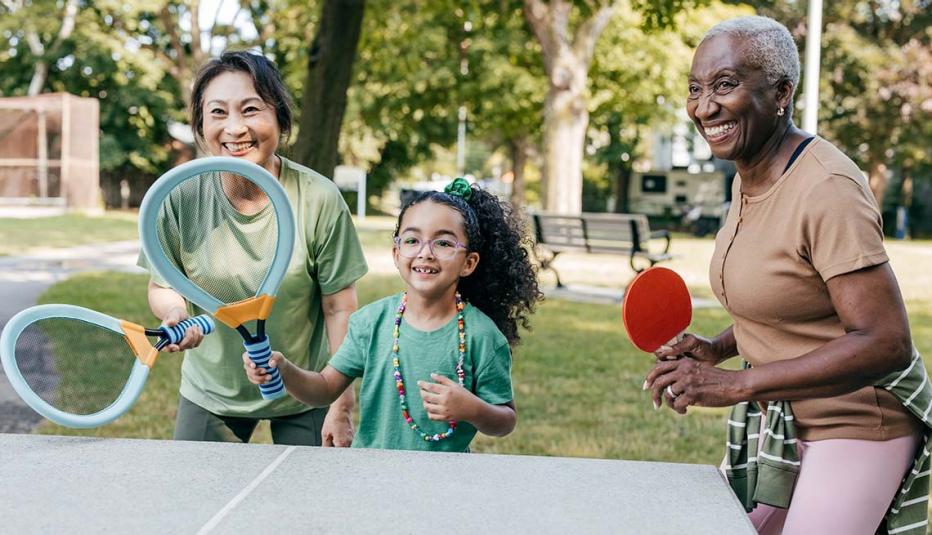AARP Hearing Center
Patty David, AARP Research
Vicki Gelfeld, AARP Research
The overarching goal of this research is to explore how consumers understand and perceive brain health and how AARP may affect consumer attitudes and behaviors around brain health in the future. Specific research objectives include: understanding attitudes and behaviors toward healthy living, understanding attitudes and behaviors toward brain health, determining awareness, engagement, consideration, and motivation for brain training, and determining primary sources for brain health research.
Watch: Memory Matters
Key findings include:
- Maintaining a healthy lifestyle is important to all consumers (99% find it at least somewhat important). Brain health is the second most important component in maintaining a healthy lifestyle, after heart health (37% find brain health most important while 51% find heart health most important).
- While adequate rest (86%), reduced stress (86%), proper nutrition (84%), and physical exercise (75%) are seen as the most important components to healthy living, consumers also engage in puzzles and games online (48%) and in newspapers, books, and magazines (37%). To better maintain a healthy lifestyle, consumers are willing to spend money on tools or resources to maintain or improve brain health (50% are very or extremely willing).
- Brain training is a relatively well-known concept among consumers (52% are aware of brain training). Working on puzzles (70%), solving word problems (67%), math problems (59%), and playing memorization games (55%) are all popular cognitive exercises consumers have engaged to improve or maintain brain health. There is also interest in engaging in these activities in the future (43%, 44%, 46%, and 52% would consider these activities in the future, respectively).
- Consumers are likely to engage in brain training to support living a more enjoyable, self-managed life (91%). Catastrophic events affecting the brain, inability to manage simple tasks, worsening memory, and witnessing a loved one suffer from a decline in brain health are primary motivators to participate in activities to maintain or improve brain health (76%, 74%, 74%, and 73%, respectively).
- Across brain training programs, consumers are primarily aware of Lumosity (51%) and Mind Games (35%). Brain HQ is the least used program (19% of those aware of the program), but given the most consideration for future usage (72% of those aware of the program).
- Consumers primarily look to their doctor and friends or family to learn more about brain health (70% and 51%, respectively). When researching brain health, consumers prefer sources supported by doctors (72%) and professionals (69%) that are current and up-to-date with supporting statistical data (57%).
W5 conducted a total of 1,200 online interviews with nationwide males and females from August 8-19, 2014. The data were weighted by age to reflect the US population (2010 Census). For more information, contact Vicki Gelfeld at vgelfeld@aarp.org.
Suggested Citation:
David, Patty, and Vicki Gelfeld. Brain Health Research Study. Washington, DC: AARP Research, September 2014. https://doi.org/10.26419/res.00096.001
MORE FROM AARP




































































